Lifestyle
How Beauty Standards of the Miss World Pageant Have Changed
On March 9, 2024, the Miss World 2023 pageant was held to choose a beauty queen once again. The crown went to Krystyna Pyszková of the Czech Republic. To honor this event, we decided to take a look at the History of the contest and find out how the jury’s approach to assessing women’s beauty has changed over the decades.
1950s: it all started with a scandal.
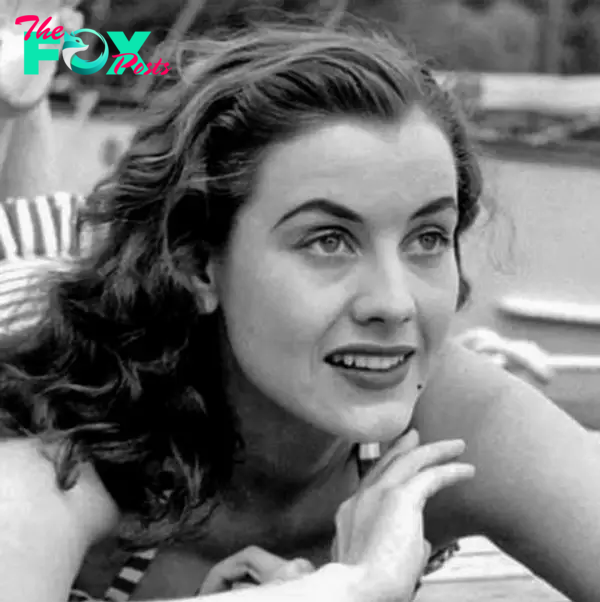
Kiki Håkansson (Sweden), Miss World 1951
In 1951, as part of the Festival of Britain, the Festival Bikini Contest was held, which journalists later named Miss World. This event became a scandal because in those days a bikini was considered indecent.
Swedish beauty Kikki Håkansson became the winner of this first pageant. And to this day, she remains the only winner to have received her crown while wearing a bikini. Later, the finalists would wear a one-piece swimsuit or evening gown to the awards ceremony.
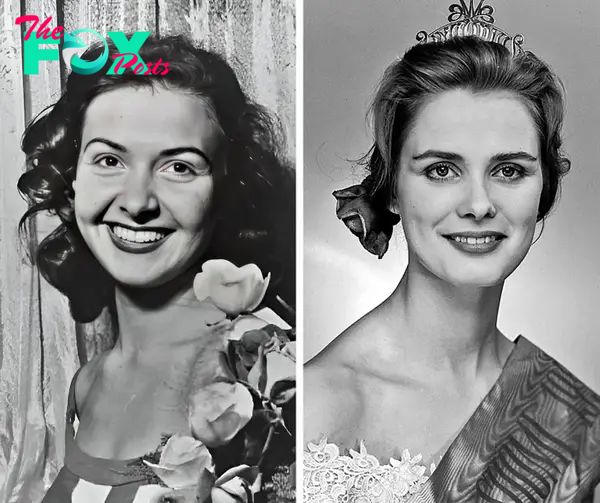
Denise Perrier (France), Miss World 1953, and Marita Lindahl (Finland), Miss World 1957
Despite the 1951 bikini Scandal, the contest founder Eric Morley was pleased with the public attention and decided to hold the pageant annually. His requirements for potential participants were as follows: single women without children aged 17 to 27.
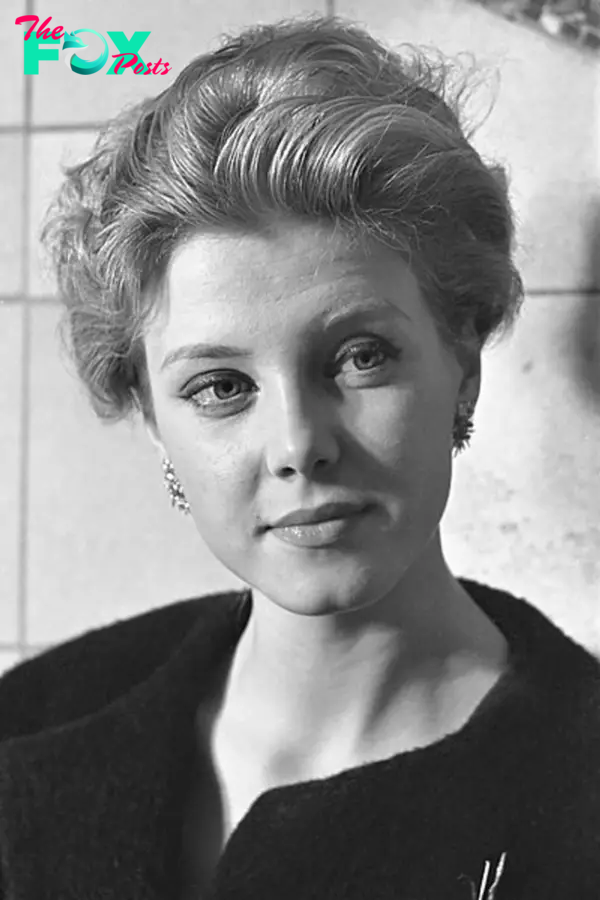
Corine Rottschäfer (Netherlands), Miss World 1959
In 1959, a major British television channel agreed to broadcast the pageant, thus making it even more popular. Corine Rottschäfer found herself in a delicate situation before the awarding ceremony when she discovered that her evening gown had holes in it. Another contestant lent Corine the dress and eventually finished third, while Corine became the winner.
1960s: Miss World is gaining momentum.
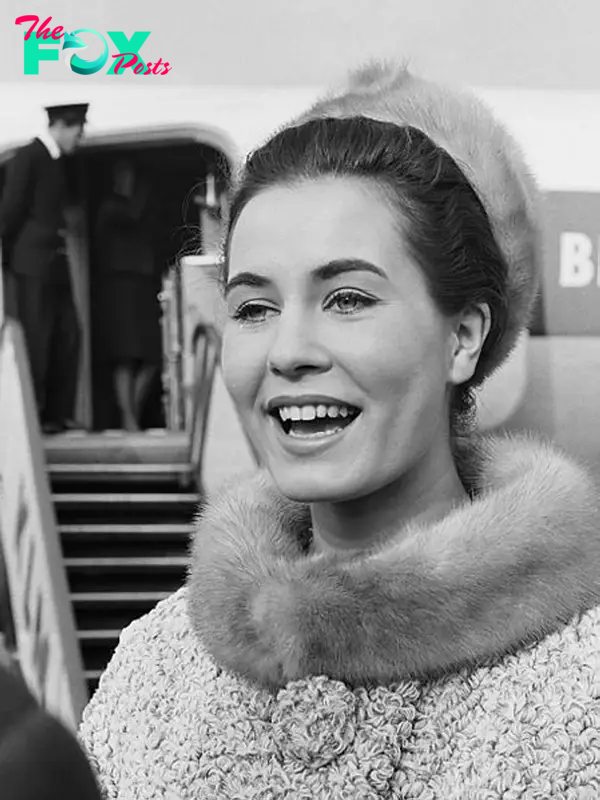
Katharina Lodders (Netherlands), Miss World 1962
In the 1960s, the Miss World pageant became one of the most watched television shows. The cash prize for the winner was increased from £500 to £2,500. In 1961, the requirements for contestants were also changed: the upper age limit was now 25 years old.
Katharina Lodders, who was crowned in 1962, addressed these criteria in her own way. On collecting the award, she said out loud, «I don’t think I’m the most beautiful girl in the world — I am the most beautiful girl here.»
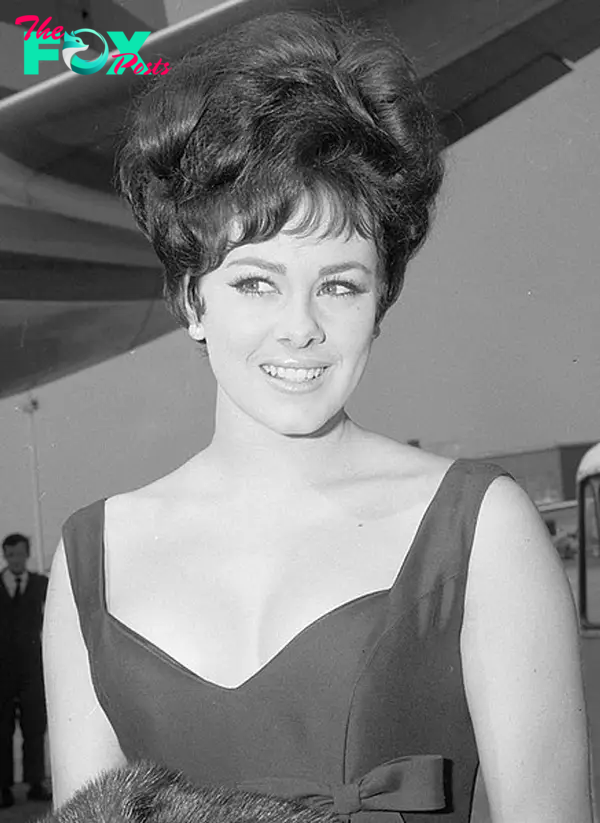
Ann Sidney (Great Britain), Miss World 1964
In 1964, the winner was Ann Sidney, who later made a career in the movie industry. By the way, Morley introduced a new rule that same year: he forbade the mothers of contestants to accompany their daughters. The reason why was because the mother of one of the girls caused a lot of inconvenience to the organizers, getting involved in their work.

Reita Faria (India), Miss World 1966
In the late 1960s, the contest became even bigger. In 1966, Morley sent invitations to more than 70 countries, 66 of which were happy to respond. And in 1968, for the first time in the History of the event, a married girl was allowed to participate. In the 1970s, however, a strict criterion for the marital status of contestants was reintroduced: single only, period.
1970s: feminists change the essence of the pageant.
Jennifer Hosten (Grenada), Miss World 1970
The beginning of the decade was marked by a new scandal. In 1970, a week before the pageant, British feminists claimed that Miss World objectified women and threatened to interrupt the show. And they did it. When the event was in full swing, some female guests rose from their seats and began to blow whistles, jingle rattles and shout slogans. Later, the movie Misbehaviour starring Keira Knightley was based on these events.
In 1970, Jennifer Hosten won the crown. She became the first black woman to win it.
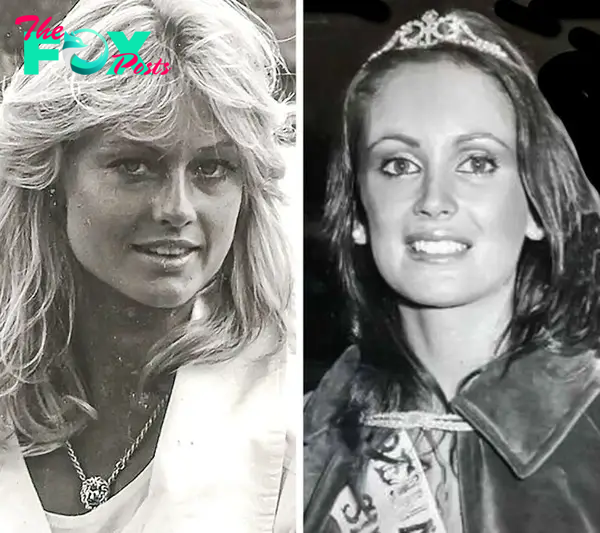
Marie Stävin (Sweden), Miss World 1977, and Silvana Suárez (Argentina), Miss World 1978
The conflict with feminists forced the organizers to think about the message the pageant was sending to the world. And in 1972, Eric Morley and his wife announced that the event would now be held under the slogan «Beauty With a Purpose.» The contestants were also required to present their charity projects to the jury.
1980s: «Beauty With a Purpose»
Mariasela Álvarez (Dominican Republic), Miss World 1982
In the 1980s, the slogan «Beauty With a Purpose» got another meaning: new tests of intelligence and personality were added to the contest program. In the eyes of the judges, the contestants’ personal qualities became as important as their looks.
Giselle Laronde (Trinidad and Tobago), Miss World 1986
In the second half of the decade, the contest became criticized again. The public in different countries didn’t like the fact that girls were judged only by representatives of Western countries. And in 1986, Morley decided to hold the preliminaries of the contest in Macau and give the Eastern judges the opportunity to select the contestants. The winner that year was Giselle Laronde from Trinidad and Tobago. This was the first time a representative of this country won the crown.
Ulla Weigerstorfer (Austria), Miss World 1987
And in 1987, the organizers ignored their own rule that allowed to participate girls aged only 17 to 25 and let a 26-year-old beauty to compete for the crown. Later, the upper age limit would be made 27 again.
1990s: crisis

Aishwarya Rai (India), Miss World 1994
In the early 1990s, the popularity of the contest began to decline, and major TV channels stopped broadcasting it. But Morley wasn’t going to give up and managed to find ways to organize the contest at a lower cost.
Yukta Mookhey (India), Miss World 1999
In the second half of the decade, the organizers decided to gather a jury of representatives of different professions from all over the world in order to increase the interest of the audience. So, now beauties were judged by actors and actresses, athletes, magazine editors, and top models from different countries.
2000s: a woman takes the reins.
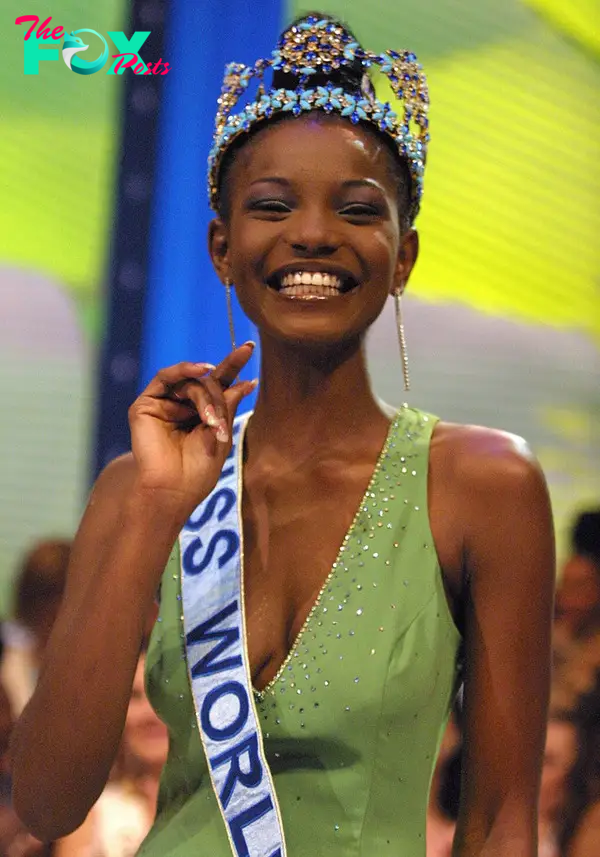
Agbani Darego (Nigeria), Miss World 2001
In 2000, Eric Morley passed away, so his wife Julia took on her husband’s work and decided to make some adjustments. For example, she called the pageant «stupid and horrible» and promised to make it «more positive» for women. She condemned the part of the show where girls had to first parade around in swimsuits and then give interviews about their life ambitions. «Not because I thought there was something wrong, horrible, and unnatural about swimsuits, but I thought you generally don’t feel comfortable if someone is interviewing you in a tux, and you are in a bathing suit,» Julia said.

Rosanna Davison (Ireland), Miss World 2003, and Kaiane Aldorino (Gibraltar), Miss World 2009
In 2004, Julia Morley surpassed her spouse by managing to gather a then record number of participating countries — 107 girls took part in the competition.
2010s: no swimsuits

Megan Young (Philippines), Miss World 2013
In 2013, the contestants Traveled to Bali. It was the first time the event was held in Southeast Asia. Also, for the first time in the History of the contest, a girl from the Philippines, Megan Young, won the crown.

Manushi Chhillar (India), Miss World 2017
Julia Morley, who had previously voiced her discontent with overly revealing costumes of contestants,
decided to remove the swimsuit competition from the pageant in 2015. She said, «We are really not looking at her bottom. We are really listening to her speak.»
2020s: what’s next?

Karolina Bielawska (Poland), Miss World 2021
The first event of the new decade wasn’t really big. In 2022, the number of countries participating in the contest was the smallest since 2003 — only 97. The winner was Karolina Bielawska from Poland. Next time, the Miss World jury gathered in 2024 and crowned Krystyna Pyszková from the Czech Republic.

Krystyna Pyszková (Czech Republic), Miss World 2023
Since modern trends criticize various beauty standards, there is a possibility that the Miss World organizers will choose to stop using any selection criteria for future contestants, following the example of Miss Universe. In 2023, the latter removed the upper age limit for contestants. And since Julia Morley suggests that it is personality that should be evaluated, we are sure that changes in the contest are not long to wait.
Speaking about Miss Universe. Here’s what 16 Miss Universe winners look like now.
Preview photo credit Harry Pot / Nationaal Archief / Wikimedia Commons, CC BY-SA 3.0 NL DEED, Historia de la belleza / Wikimedia Commons, EAST NEWS, Rajanish Kakade / Associated Press / East News
Woman Who Went To High School With Taylor Swift Shares What People Really Thought Of Her
Jessica McLane, now 30 years old, reminisces about her time at Hendersonville High School in Nashville, Tennessee, where she claims to have briefly crossed paths with none other than Taylor Swift, the now 32-year-old global pop sensation. McLane’s account sheds light on the dynamics surrounding Swift’s rise to fame within the confines of her high school years.
During McLane’s fleeting time at Hendersonville High in 2006, she found herself in the same academic environment as Swift, who had already begun to make waves in the music industry. Swift, a native of Wyomissing, Pennsylvania, had relocated to Tennessee at the age of 14 to pursue her dreams of becoming a country music star. By the time McLane encountered her, Swift was already well on her way to stardom.
McLane’s recollections offer a glimpse into the complex social dynamics at play within the high school environment. She suggests that Swift’s growing success may have elicited feelings of jealousy and resentment among some of her peers. According to McLane, “a lot of the singer’s fellow students ‘hated’ her because they were ‘jealous’” of her burgeoning music career.
Swift’s journey from small-town Pennsylvania to the epicenter of the country music scene in Nashville undoubtedly set her apart from her peers. As she navigated the halls of Hendersonville High, her aspirations and achievements may have created a sense of unease or insecurity among those who struggled to reconcile her rapidly ascending star status with their own experiences.
McLane’s account challenges the romanticized narrative often associated with Swift’s rise to fame, highlighting the less glamorous aspects of her journey. Despite Swift’s undeniable talent and ambition, her path to success was not without its challenges, including navigating the complexities of high school social dynamics while simultaneously pursuing her music career.
The images accompanying McLane’s story offer a visual representation of Swift’s time at Hendersonville High, capturing her youthful exuberance and determination. From candid snapshots to yearbook portraits, these visuals provide a glimpse into the formative years of a future music icon.
Swift’s tenure at Hendersonville High lasted for two-and-a-half years before she ultimately made the decision to leave and pursue homeschooling as her music career continued to gain momentum. Her departure marked the end of an era for both Swift and her classmates, signaling the beginning of a new chapter in her extraordinary journey.
McLane’s reflections serve as a reminder that even the most iconic figures in popular culture have humble beginnings rooted in everyday experiences. Swift’s time at Hendersonville High may have been marked by moments of triumph and adversity, but it undoubtedly played a crucial role in shaping the trajectory of her career and shaping the person she would ultimately become.
As Swift continues to dominate the music industry and inspire millions of fans around the world, stories like McLane’s offer a valuable glimpse into the early days of her ascent to superstardom. They remind us that behind the glitz and glamour lies a journey fueled by passion, perseverance, and the unwavering belief in the power of one’s dreams.

-
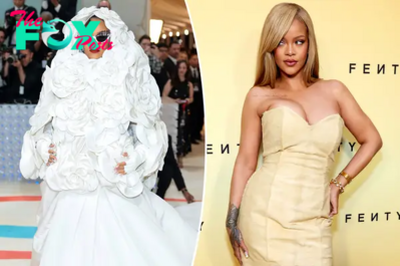
 Lifestyle1h ago
Lifestyle1h agoRihanna confirms she’s going to Met Gala 2024 — and teases her red carpet look
-

 Lifestyle1h ago
Lifestyle1h agoKim Kardashian is back to blond in icy hair transformation ahead of Met Gala
-

 Lifestyle3h ago
Lifestyle3h agoSA. “25 Heartfelt Birth Photographs: Capturing Affectionate Love and Tender Family Bonds Embracing the Newborn Baby”.SA
-

 Lifestyle3h ago
Lifestyle3h agoST “Unveiling an Eternal Love Story: Our Heartwarming Journey with Our Tiny Newborn, Small Enough to Cradle in Our Embrace.” ST
-

 Lifestyle4h ago
Lifestyle4h agoCaptivating Charm: Exploring the Timeless Beauty of Gabi Champ, a journey into enchantment and allure.
-

 Lifestyle5h ago
Lifestyle5h agoA collection of photos when mothers are away from home and how fathers take good care of their children has returned to the online community with a burst of laughter.
-

 Lifestyle5h ago
Lifestyle5h agoMesmerizing: The adorable moment of an adorable newborn being wrapped in a towel leaves parents spellbound
-

 Lifestyle5h ago
Lifestyle5h agoTaylor Swift Shares Meaning Behind ‘THE TORTURED POETS DEPARTMENT’ on Instagram. nobita























